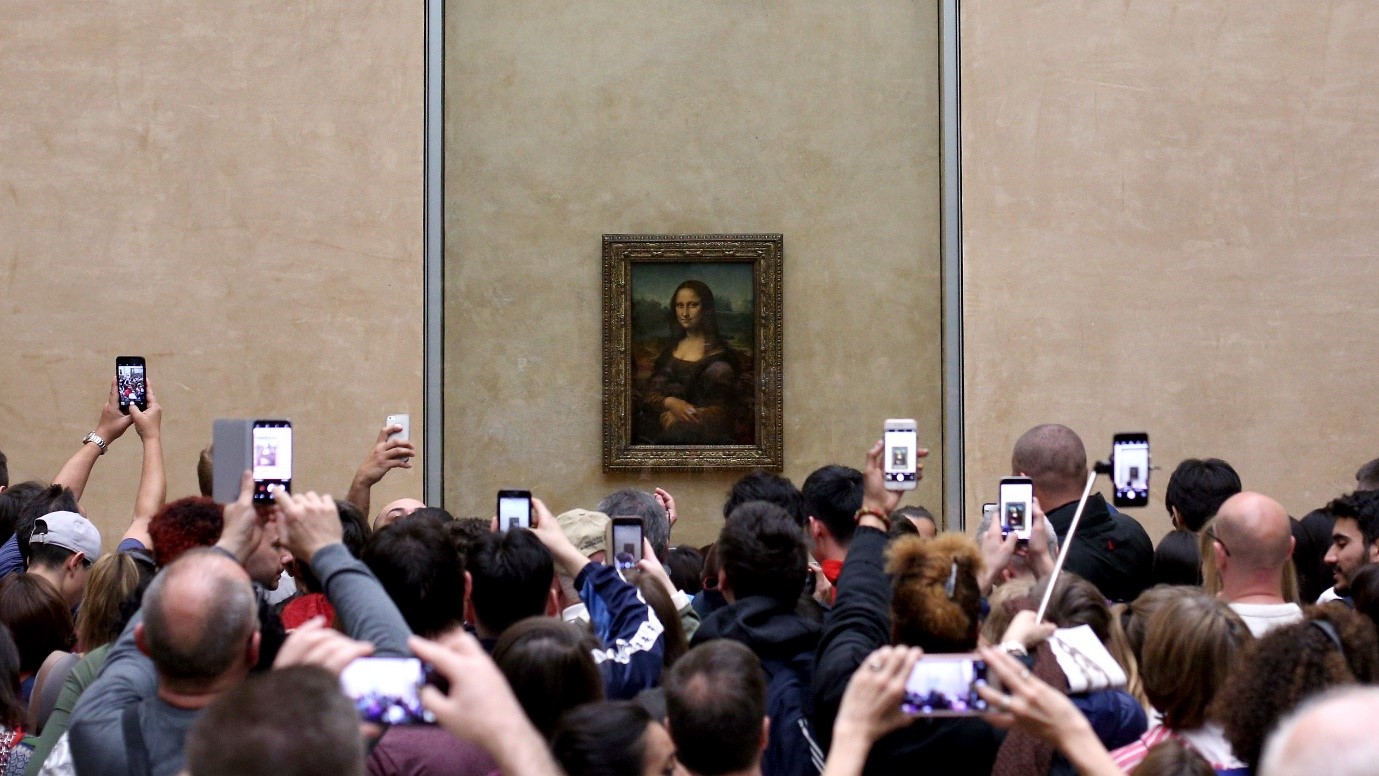NFT’s: A Generational Innovation
.png)
The internet is renowned for this ability to distribute information in an almost costless manner and the world has benefitted richly from this, but it is this same reason which drives one of its largest weaknesses – the ability to make information scarce and expensive.
As a result of this downfall, the internet currently struggles to effectively verify identity, ownership and authenticity of digital assets.
NFT’s offer a solution to this.
NFT’s are verifiably scarce, portable, and programmable digital assets – distinct from our copyright and patent laws.
Their key value lies in being able to establish digital provenance, and authenticity of ownership.
They will likely play a role as one of the core pieces of technology infrastructure within the Web 3.0 space, and can take up many different use cases beyond the art and collectibles we see today, including bringing real world assets onto the blockchain (real estate through property deeds), gaming, medical records, identity verification, academic credentials, supply chain management, intellectual property rights, voting and much more.
As we inevitably move towards a more digital existence, the urgency to be able to hold and utilise digital assets will grow considerably.
Whilst it is fair to evaluate current digital art markets to be in bubble-like conditions, the underlying technology will revolutionise how we transfer value digitally to each other in the years to come.
“NFT’s Are Worthless, I Can Just Make A Copy of the JPEG”
A common point raised by those against the concept of NFT’s is as follows:
How can NFT’s of images be worth so much money, if I can merely save down the exact same image as a JPEG file onto my own computer.
To explain how this argument misses the point of NFT’s, we will do a little thought experiment.
I’d like to show you a photo which I own.

Source: BBC
But Mike, how can you claim to own this photo?
Well I hit copy, and now I’ve pasted it here, so it’s mine.
Right…
There are two things to unpack here.
1. The internet in its current form is unable to verify digital scarcity, authenticity and ownership. Because this photo is infinitely replicable, it doesn’t hold any real value in the digital sphere. The only thing which would hold value are the original physical photographs.
2. Saving a JPEG does not equate to ownership. Imagine if you walked around saying you owned this photo to people – you would be laughed at. The only way you’d be able to verify this claim would be if you were able to show some form of written guarantee from the original photographer that the photo is yours, and yours only.
When we compare the above example to NFT’s, we can understand that the value of the NFT is not derived from the image itself – it comes from the scarcity an NFT enables, where there can only be one original, whose authenticity and ownership can be verified through looking on the blockchain.
To go to another example, let’s talk about the art market.
Each year, millions of tourists flock to the Louvre in Paris, some with the sole intention of seeing one of the most famous pieces of art in the world – the Mona Lisa.
When you see the Mona Lisa you are forced to stand behind a barricade many meters away from the painting and are usually surrounded by many fellow tourists.
As a result, the experience usually comprises of barely being able to see the painting itself, and being surrounded by a web of hands holding up iPhones – not the best way to admire art.

Source: Vanity Fair
A solution to this madness would be the replication of the Mona Lisa, and its distribution in art galleries around the world – enabling greater access and an improved viewing experience.
The ability of replicas to be so precise have long been a problem for art galleries, where some estimate for up to 20% of art displayed to actually be fake.
If we went down this path, the differences between the original and the replica would be indiscernible to the naked eye, and especially to the everyday man.
But why don’t we do this? Do we all seek to visit the Mona Lisa physically due to the quality of the art, or is it a quest to be able to lay the claim that you have seen a culturally significant, original piece of art.
For hundreds of years, the art market has been answering the question of whether “NFTs are just JPEGs” – when we look at pieces of art like the Mona Lisa, we can see that the value lies not in the art itself, but in its scarcity, originality and authenticity.
NFT’s carry forward this same notion but are now able to move beyond the limitations of physical art markets and verify originality with 100% accuracy, through the immutable and irrefutable entries made on blockchains.
Why Is A Decentralised Internet, Better?
As I mentioned earlier, the use cases of NFT’s expand far beyond the digital art and collectibles we see today.
I am restricted by the word count confines of this note, so we will only be able to cover two examples, and at a basic level of detail.
When it comes to the financial industry, NFT’s will enable real-world assets to be onboarded onto blockchains.
If we take an example of a house – one could mint (create) an NFT of their property deeds, bringing their house onto the blockchain.
Once on the blockchain, the house could be used as collateral for a margin facility, or to receive a line of credit through a peer-to-peer lending platform.
The ownership of the house could also be fractionalised, where one could sell their home to a number of investors.
For content creators, NFT’s offer a chance to monetise their talents through different mediums, as well as creating more direct channels between content creators and their audiences.
Emerging use case of NFT’s have already begun to be used within the music industry, where artists have been able to monetise their work through the creation of NFT’s containing songs/music videos on platforms like Serenade.
Beyond just selling finite quantities of music/video NFT’s, artists have also begun to delve into utilising NFT’s to alter content creation, business models.
For artists in the past, their commercial ambitions were largely emboldened by the (often) exploitative contracts they had signed with recording studios – which were a common reimbursement method due to the initial capital and distributor relations they provided.
Through NFT’s and “fan tokens”, artists have been able to forego the middleman, and raise capital from fans and external sources, as well as to distribute through music streaming services.
For fans, the benefits are twofold:
1. Fans are able to support the bands which they love in a more direct manner
2. Fans can see the value of these tokens appreciate should the band become more successful, through the tokens having the ability to contain exclusive access to new releases, VIP tickets, and even profit-sharing agreements.
A Valuable Innovation, But Also A Bubble
If you ask any reputable actor within the NFT industry, they’ll probably confirm that the majority of NFT projects will significantly decline in value over the next few years.
There is significant uncertainty over which Layer 1 networks to build upon, and broader use cases are yet to be fully developed.
Whilst it was previously a necessary evil, the infrastructure upon which to buy and sell NFT’s remains quite centralised and vulnerable to associated risks – going against the very principles of NFT’s and Web 3.0 more broadly.
When it comes to market valuations, it is fairly clear to see that the industry is displaying bubble-like characteristics, but that isn’t necessarily a bad thing.
NFT’s have proven that there is a scalable and decentralised means of transferring value online without the requirement of an intermediary.
Such a system encourages interoperability, and more efficient means of transferring capital, which will only grow in importance as we build upon concepts such as Web 3.0 and the Metaverse.
Whilst NFT’s don’t currently offer investible opportunities for traditional financial market participants, it is still an important concept to be aware of.
As the level of service offerings in the crypto and Web 3.0 space develop, NFT’s will play a key role in establishing and maintaining the value of the digital assets we hold.
10 years down the line – we may not even call them NFT’s anymore – they’ll just represent what we use to record ownership of our house, art, identity and much more.
4 topics
.png)
Mike is an Investment Analyst at Mason Stevens, where he is responsible for a broad range of investment management activities, primarily focused on the firm’s fixed income product offering and wealth services. Mike has a strong interest and...
Expertise
.png)
Mike is an Investment Analyst at Mason Stevens, where he is responsible for a broad range of investment management activities, primarily focused on the firm’s fixed income product offering and wealth services. Mike has a strong interest and...
.png)